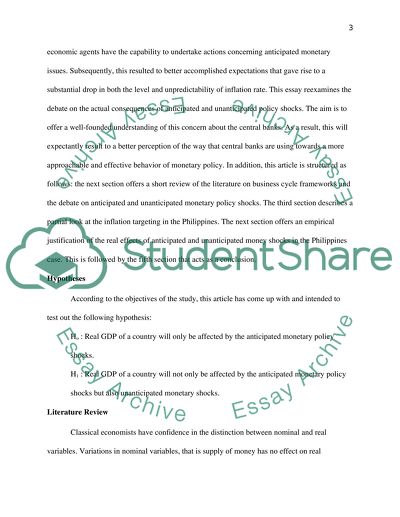Cite this document
(“Econometric Research Paper Example | Topics and Well Written Essays - 3500 words”, n.d.)
Retrieved from https://studentshare.org/macro-microeconomics/1691147-econometric-research-paper
Retrieved from https://studentshare.org/macro-microeconomics/1691147-econometric-research-paper
(Econometric Research Paper Example | Topics and Well Written Essays - 3500 Words)
https://studentshare.org/macro-microeconomics/1691147-econometric-research-paper.
https://studentshare.org/macro-microeconomics/1691147-econometric-research-paper.
“Econometric Research Paper Example | Topics and Well Written Essays - 3500 Words”, n.d. https://studentshare.org/macro-microeconomics/1691147-econometric-research-paper.


